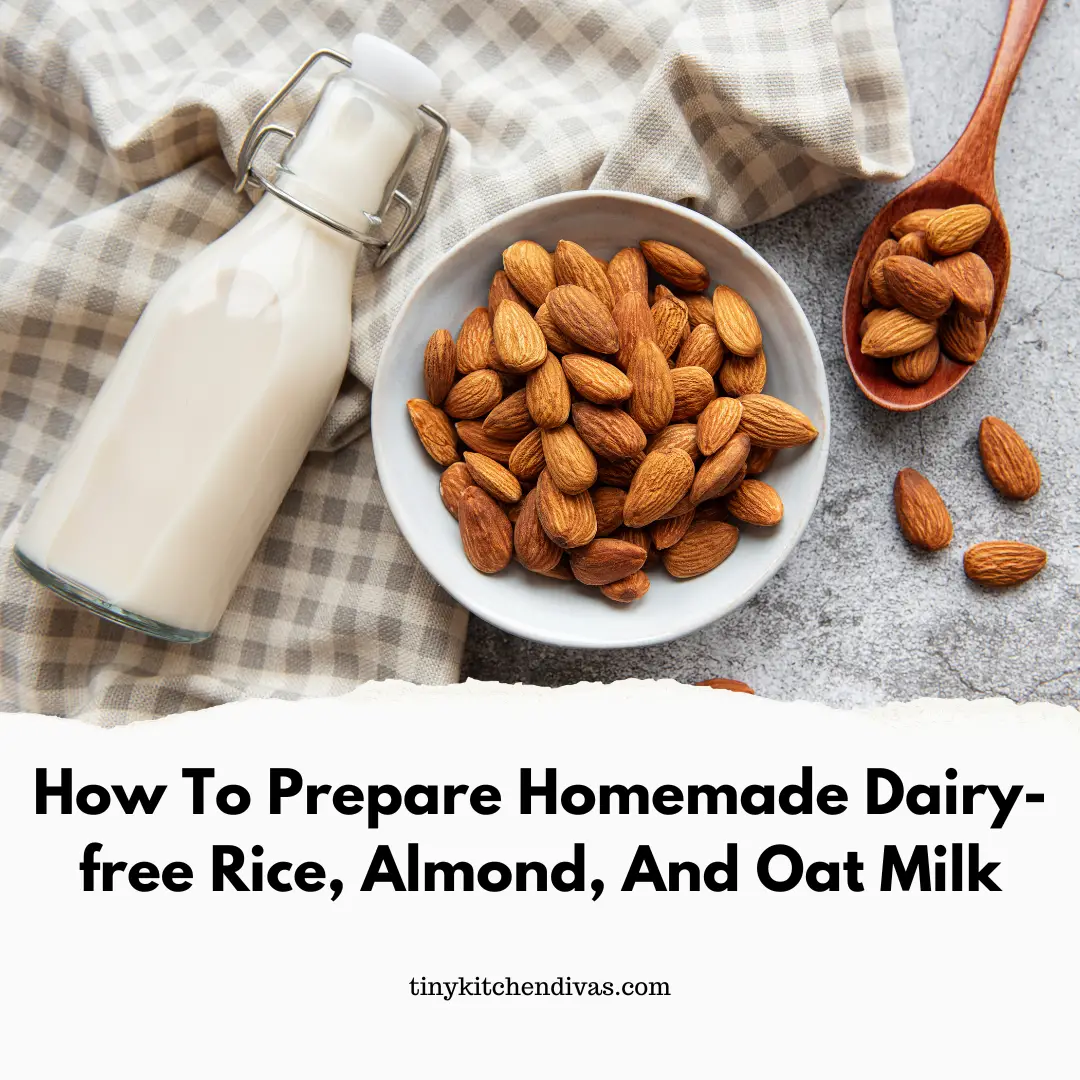You can probably make your own dairy-free milk more easily than you think. We spoke with vegan chef Phoebe Thorburn to learn how she prepares rice, oat, and almond milk as well as how you can do it right now.
Importance Of Adding Protein Powder To Your Homemade Milk
Before we proceed with all the how to’s of preparing your homemade milk, you might be thinking if you can add some protein powder to it. The answer is yes, you can surely add your favorite protein powder if you need a boost of protein on your diet.
On the other hand, I highly suggest picking out high-quality and gut-friendly protein powders especially for people living with IBS and SIBO. Your best option is the Casa De Sante Protein Powders!
These protein powders are made with all natural ingredients, plus they are low in FODMAP too – making you less susceptible to gut irritation. If you’re planning to add these on your pre-workout smoothies, these protein powders have a high percentage of protein per serving, minimal carbohydrates, no sugar, no fat, no cholesterol, and low sodium. They can give a boost of energy in the middle of the day or after an intense workout. This delicious protein powder is ideal for pick-me-up any time of the day.
Here’s a list of all the flavors and variations that you can pick from:
- Low FODMAP Certified Vegan Protein Powder in Vanilla
- Low FODMAP Advance Whey Protein Powder in Vanila
- Low FODMAP Advance Whey Protein Powder in Chocolate
What Would You Need For Your Homemade Milk?
The proportion of the ingredient to water in each of Phoebe’s recipes for these three milk substitutes is one to four cups.
A powerful blender, the item you want to transform into plant milk, such as almonds, cashews, macadamias, rice, oats, or soybeans, and a device to drain your plant milk through are all you need, according to Phoebe.
She suggests using muslin cloth, a clean tea towel, an old T-shirt, a nut milk bag, or a sieve with a small mesh.
The shelf life of each of these mixtures is three to five days. Make careful to store them in a container you can shake them in because they will separate over time when they are kept in the refrigerator.
Let’s move on to the actual “how” portion of this how-to.
Homemade Oat Milk
Your oat-water mixture needs to be blended for the next 20 to 45 seconds. To prevent the friction of the blades heating the oats and turning your oat milk more into porridge, you want it to be short and sharp.
After everything is finished, you can strain your oat milk. When doing this, squeeze the mixture gently because the pulp contains a lot of starchy sliminess, advises Phoebe.
The final step is to pour the mixture into a jar and place it in the refrigerator to chill.
Homemade Almond Milk
Almond milk may require a little extra preparation, but Phoebe believes it is still worthwhile.
She exclaims, “Almond milk has a sweet, almost malty light taste and is as creamy as cow’s milk.”
“You actually won’t mind drinking straight [homemade almond milk],”
One cup of raw almonds are first soaked in two cups of water over the night. The almonds should have somewhat swollen and their skins should have loosened by the time you return to check on it in the morning, making it simpler for your blender to process them.
If you’re pressed for time, Phoebe advises that you can get away with a little cheating by soaking your almonds in extremely hot water for two hours.
She instructs, “The water will get a little murky after soaking, so rinse this away and then add your almonds and four cups of water to a blender.”
The combination will get fairly heated, but [all that] means is that your almond milk will get more creamy. Blend for one to two minutes until smooth and creamy.
Transfer your milk to a container, strain it while keeping an eye out for almond milk geysers, and chill it in the refrigerator.
Homemade Rice Milk
Rice milk is sometimes disregarded because it’s rather thin and not particularly creamy, but Phoebe claims that it has a wonderfully lovely, naturally sweet and fragrant taste.
One cup of rice is soaked in two cups of boiling water for two hours as the initial stage in creating it.
Any variety of rice may be utilized. The flavor profile of your finished milk is slightly influenced by each grain variety, which is one of the good things about rice milk and makes for interesting experimentation.
You should be able to break a grain of rice in half with your fingernail after two hours of soaking, says Phoebe. “At this point, drain the rice and rinse completely until the water runs clear.
Transfer the mixture to your blender and add four cups of water. Blend for two to three minutes, until the mixture is smooth and creamy. Drain the milk, being careful not to get any rice milk geysers on your path.
Once more, all that’s left to do is pour your rice milk into a jar and chill it.
Conclusion
It’s actually not difficult to prepare your milk at home, and the best thing about it is that you are assured that all ingredients are safe for you and your family. Stay tuned for more homemade recipes that your family will love!


